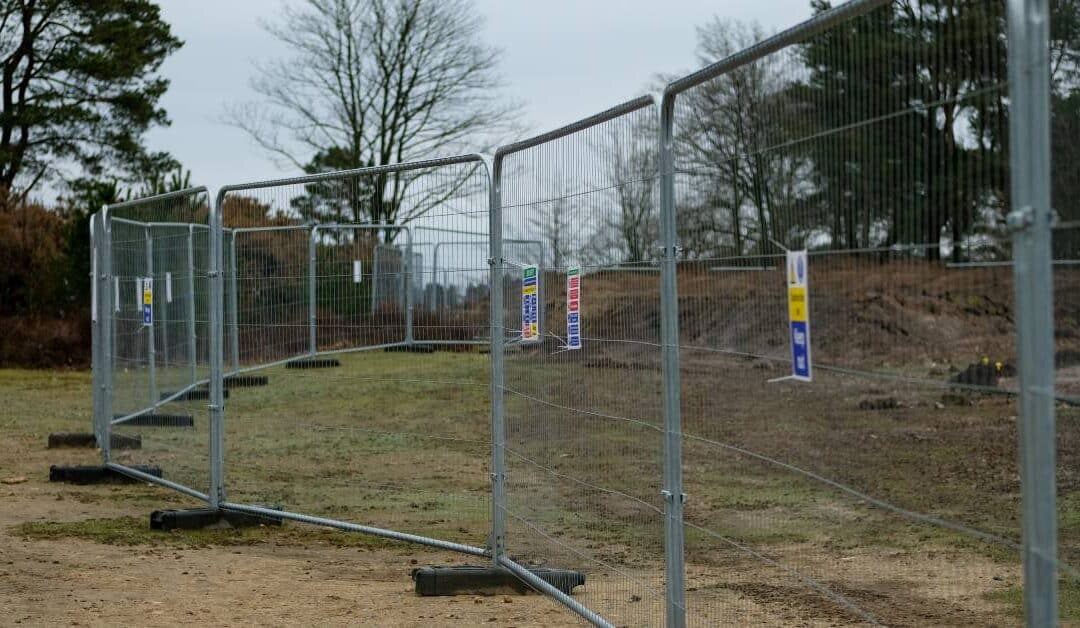Temporary fencing has become an increasingly popular choice among contractors in recent years. This trend didn’t come out of nowhere, though. It’s driven by several key factors that make temporary fencing an ideal solution for various project needs. In this post, we’ll explore the key benefits of temporary fencing, providing detailed insights into why it is becoming the go-to option for many contractors in the industry.
Very Versatile
One of the primary reasons for this transition is the remarkable versatility of temporary fences. Unlike permanent fencing solutions, it is easy to erect, adjust, and remove temporary fences as project requirements change. This flexibility is particularly valuable in dynamic construction environments where the scope and layout of the project may evolve over time.
For instance, you could use temporary fencing to secure the perimeter of a construction site, ensuring unauthorized personnel cannot enter. As the project progresses, you can then relocate or modify the fencing to accommodate new construction phases or changes in site access points.
Additionally, temporary fencing can serve multiple purposes beyond site security. You can use it to create safe walkways for workers, section off hazardous areas, or even provide security checkpoints for sensitive operations. This versatility allows contractors to adapt to varying project requirements without needing multiple types of fencing, streamlining operations and enhancing site safety.
Strong and Reliable
Temporary fencing is not only versatile but also renowned for its strength and reliability. Manufactured from high-quality materials such as galvanized steel, temporary fencing panels are designed to withstand the rigors of construction environments. This is why they’re perfect for offering robust protection against unauthorized access, theft, and vandalism, safeguarding valuable equipment and materials.
The stability of temporary fencing is further enhanced by various support systems, such as weighted bases, clamps, and bracing. These components ensure the fences remain secure even in adverse weather conditions, providing contractors with peace of mind. Unlike some permanent fencing solutions that may deteriorate over time, temporary fencing maintains its integrity throughout the duration of the project. This reliability is crucial for maintaining a secure and compliant construction site, ultimately contributing to the successful completion of the project on schedule.
Cost-Effective Overall
One of the most compelling reasons contractors opt for temporary fencing is its cost-effectiveness. Installing permanent fencing can be a significant financial investment, particularly for short-term projects or those with evolving requirements. Temporary fencing offers a more economical alternative, allowing contractors to allocate their budgets more efficiently.
On top of that, the upfront costs of temporary fence rentals are generally much lower than those of permanent solutions since you’re only renting them. Most rental models provide contractors with the flexibility to pay only for the duration they need the fencing, avoiding the long-term costs associated with permanent installations. Moreover, temporary fencing eliminates the need for maintenance and repair expenses often incurred with permanent fencing. Once the project is completed, you can easily remove and return the temporary fencing, leaving no ongoing financial burden.


Recent Comments